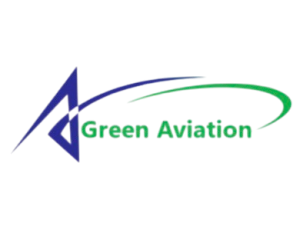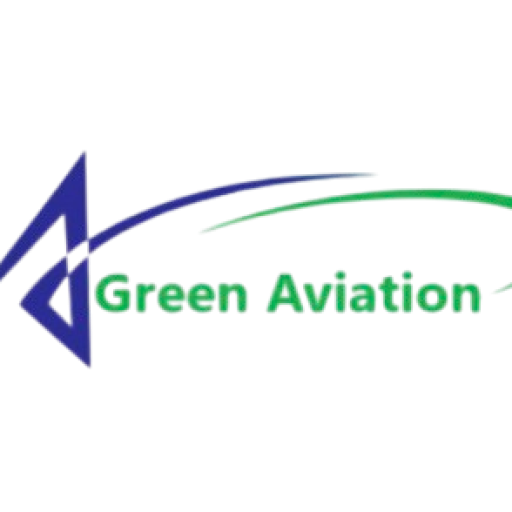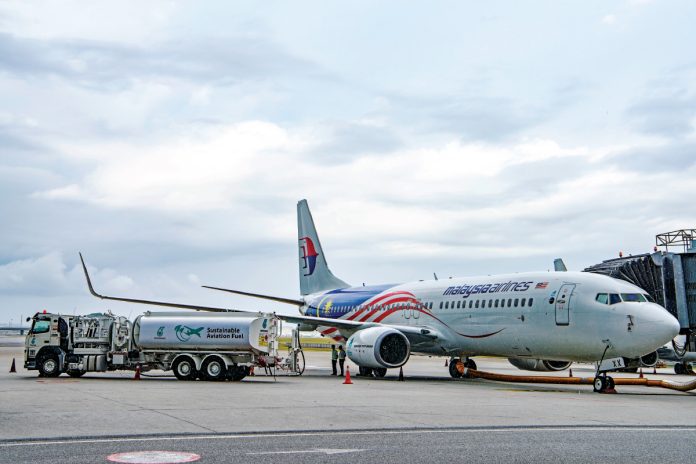This Content Is Only For Subscribers
Authors: Kristiana Santos, Laurence Delina
Publication Date: 7 July 2024
Category: SAF
Article Link: https://www.sciencedirect.com/science/article/abs/pii/S2214629621001675
DOI: https://doi.org/10.1016/j.erss.2021.102074
Abstract (Official): The aviation industry is a major producer of greenhouse gas emissions, and the current reduction methods of carbon offsets and increasing aircraft efficiency will not be enough to significantly lower emissions by 2050. Considering the prior growth of the aviation industry and to meet the Paris Agreement’s 2-degree Celsius target, aircraft emissions must be reduced rather than simply offset. This Perspective discusses the role of sustainable aviation fuel (SAF) as a more transformative energy resource to decarbonize airlines. The opportunities and challenges in the development of SAF are reviewed to analyze how governments and airlines can move forward. Although airlines struggle with decreased demand during the COVID-19 pandemic, the airline sector can fuel both sustainable flights and economic recovery if governments can harness this unprecedented time to allocate stimulus funds to support SAF. Promoting SAF uptake during this challenging time requires robust, multi-stakeholder partnerships between governments, airlines, airports, fuel producers, and investors. This Perspective overviews several potential measures to promote SAF including policy and regulations, financing contracts, research and development, business-to-business incentives, and business-to-consumer incentives.
GAT Editor’s Comments:
– Increasing aircraft efficiency isn’t enough to significantly lower greenhouse gas emissions by 2050
– SAFs may be a more transformative energy resource to decarbonize air travel
– Currently, four SAF options: electric batteries, green hydrogen, hydrogen-powered electrofuels (or e-fuels), and biofuels
– Paper examines the opportunities and challenges in developing SAFs and how governments and airlines could move forward
– Besides government support for SAFs, the authors make the case that multiple other stakeholders will need to be involved including: airlines, airports, fuel producers and investors
– Without market incentives, there isn’t currently a viable business case for airlines to purchase SAF, causing low supply volumes with inadequate funding. Low supply and low economies of scale can cause high prices and the lack of a viable business case for airlines to purchase SAF. So: classic “chicken-and-egg” dilemma
– To resolve this dilemma, authors propose that governments adopt several potential measures (in parallel) to support SAF: government policy and regulation, government incentives, financing contracts, consumer incentives (both business-to-business and business-to-consumer), and encouraging research and development


